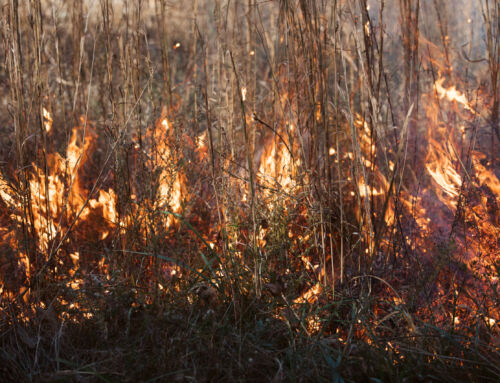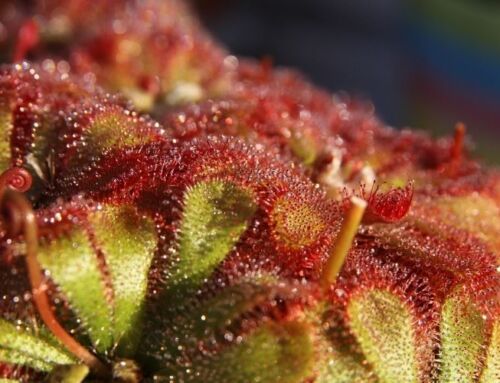As winter fades and spring approaches, I’m reminded of nature’s calendar and how, year after year, plants bloom in succession. It’s as if each tree, shrub and perennial takes its turn on stage, with a unique opportunity to shine.
During a recent hike on Persimmon Trail, I noticed the Beech trees still holding onto their beautiful, papery dry leaves from last year, in stark contrast to the Eastern redbuds, which were in full bloom. Research suggests several reasons for the Beech’s leaf retention, including protection from late frosts. Did you know there’s an entire field of study dedicated to these changes in nature?

Free Night at Stowe – August
Fagus grandifolia (American Beech)

Cercis canadensis (Eastern Redbud)
Phenology is the study of the timing of natural events in the life cycles of plants and animals, such as flowering, migration and reproduction. It focuses on how these events are influenced by environmental factors like temperature, rainfall and seasonal changes. By observing and tracking these patterns over time, scientists can better understand how climate change affects ecosystems and the timing of natural events. For example, tracking when certain plants bloom or when birds migrate can help researchers detect shifts in seasonal patterns due to changing weather conditions.
This week marks National Phenology Week, and we have a dedicated group of citizen scientists at the garden who have been walking the trail since 2016 to study plants and upload data to Nature’s Notebook, a project of the USA National Phenology Network. Many of the plants they observe are spring ephemerals, such as bloodroot, trillium, mayapple, and Virginia bluebells. These plants bloom in the short window before the tree canopy fills in, taking advantage of the early spring sunlight. The group is also tracking a 230-year-old tulip poplar. In total, 45 plants are being monitored along the nearly one-mile Phenology Trail.
The garden launched its Phenology program in June 2016 and has since continued to monitor the plants selected for the program. The Phenology Trail can be accessed at the Persimmon Trail entrance. While the group’s membership has evolved over the years, long-term members like Thom Pennington, a Certified Local Phenology Leader, have been with the program since its inception. Thom and other group leaders guide both new and returning members along the trail, pointing out subtle changes in the plants and teaching them to observe differences week by week.
If you are a life-long learner and love observing nature, the DSBG Phenology group would love for you to join them. The group meets every Tuesday at 10 a.m. in the Visitor Pavilion Parking lot near the Persimmon Trail entrance. Wear comfortable clothing and suitable shoes, and remember this is not a hike, but an observational walk with frequent stops.

Sanguinaria canadensis (Bloodroot)

Trillium cuneatum (Trillium)

Free Night at Stowe – July
Podophyllum peltatum (Mayapple)

DSBG Phenology Group





